 "ttyymmnn" (ttyymmnn)
"ttyymmnn" (ttyymmnn)
12/18/2015 at 12:35 • Filed to: planelopnik, planelopnik history
 13
13
 34
34
 "ttyymmnn" (ttyymmnn)
"ttyymmnn" (ttyymmnn)
12/18/2015 at 12:35 • Filed to: planelopnik, planelopnik history |  13 13
|  34 34 |
Welcome to This Date in Aviation History , getting you caught up on milestones and important historical events in aviation from December 16 through December 18.
!!! UNKNOWN CONTENT TYPE !!!
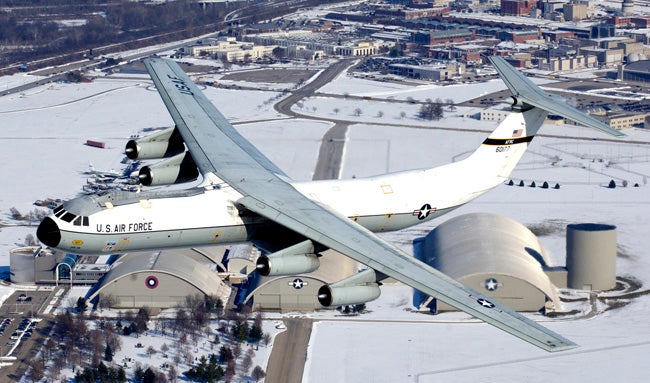
December 17, 1963 – The first flight of the Lockheed C-141 Starlifter. Napoleon famously said that an army travels on its stomach, and experience in WWII showed the true potential of the airplane as a means of delivering supplies and materiel to front line troops. By the early 1960s, the US Air Force needed a new, jet-powered transport and cargo aircraft to replace their aging fleet of piston powered transports such as the !!!error: Indecipherable SUB-paragraph formatting!!! . As a stopgap measure, the Air Force ordered the !!!error: Indecipherable SUB-paragraph formatting!!! , a cargo variant of the KC-135, but without any specific logistic capabilities, such as clamshell doors, it was an imperfect solution. In 1960, the Air Force released Specific Operational Requirement 182, which called for an aircraft that could perform both strategic and tactical airlift missions, with a range of at least 3,500 nautical miles while carrying a 60,000 pound load. Tactically, the new aircraft must be capable of performing low-altitude air drops of materiel and also drop paratroops. Boeing, General Dynamics and Lockheed responded to the proposal, and the Starlifter was chosen. The C-141, which had the Lockheed designation Model 300, was designed from the outset as a cargo aircraft, with a high wing that allowed for maximum cargo space and a clamshell door at the rear. It was powered by four !!!error: Indecipherable SUB-paragraph formatting!!! turbofans, and the large hold could carry over 70,000 pounds of cargo, and set a world record for heavy cargo drops with a load of 70,195 pounds. As a personnel carrier, the Starlifter could accommodate 154 troops, 123 paratroops or 80 medevac patients on litters. The Starlifter entered service in 1965, and immediately began to have an impact on American operations in Vietnam, carrying troops and supplies to Asia and returning with wounded soldiers. One drawback of the original Starlifter was that it tended to fill up with bulky equipment before it reached its cargo weight limit. To address this problem, Lockheed took 270 C-141As and lengthened them by 23 feet by adding a fuselage section. The new aircraft was designated C-141B. The Starlifter would become one of the longer-serving aircraft in the Air Force inventory, and its retirement in 2006 ended forty-one years of service. A total of 285 C-141s were produced from 1963 to 1968. (US Air Force photo)
!!! UNKNOWN CONTENT TYPE !!!
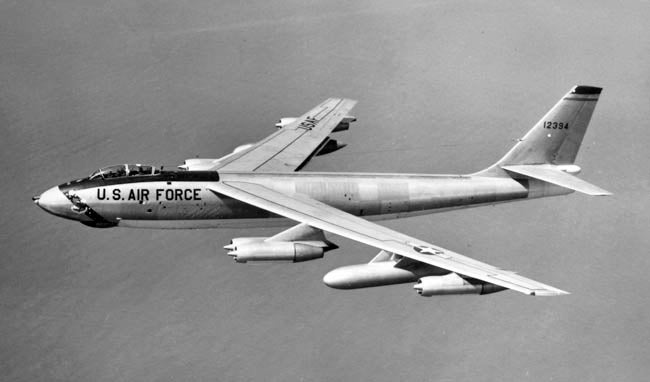
December 17, 1947 – The first flight of the Boeing B-47 Stratojet.
By the end of WWII, the race was on to harness the power of the new jet engine in all applications of military flight. First came the jet-powered fighters, and a jet-powered bomber was the next logical step. As early as 1943, the US Army Air Forces asked aircraft designers to start looking at a large bomber that would be powered by jets, and in 1944, North American Aviation, Convair Corporation, the Glenn Martin Company, and Boeing all submitted proposals for a traditional, straight-winged aircraft with jet engines added. All were powered by the new General Electric
!!!error: Indecipherable SUB-paragraph formatting!!!
, and Boeing’s design, which they designated the Model 432, had its engines buried in the fuselage to reduce drag. In May of 1945, with WWII drawing to a close, the Allies drove deeper into Germany and began to discover secret German weapons and aircraft facilities, with much of the data from German testing programs falling into Allied hands. One of those locations was an aircraft development site in Braunschweig, where the Germans had been working on swept wing technology. Work was already under way in the US to investigate the benefits of sweeping the wings of an aircraft, the German data verified the benefits of the concept. A Boeing desginer, George Schairer, who was on the American inspection team, called back to Boeing and instructed them to stop work on the new bomber and to begin a redesign to incorporate a swept wing. Based on the German data, a sweep of 35-degrees was incorporated into both the main wing and the tailplane, and the six engines were moved from the fuselage to pods under the wings. This configuration of swept wings and podded engines set the standard for large jet aircraft design that remains to this day. The thin wing did not allow for traditional landing gear, so a bicycle gear arrangement was employed, with outrigger wheels fitted to the inboard engine pods. While the B-47 was not supersonic, it was still quite fast, and the Stratojet set a record for transcontinental flight when it crossed the US in less than four hours at an average speed of 698 mph. Since it was untouchable by most contemporary fighters, the only defensive armament was a pair of radar-guided 20mm cannons in the tail. The B-47 served as the cornerstone of the
!!!error: Indecipherable SUB-paragraph formatting!!!
nuclear deterrence force until it was replaced by the larger
!!!error: Indecipherable SUB-paragraph formatting!!!
, and while the Stratojet never saw combat, its reconnaissance variants provided vital surveillance data, as well as electronic intelligence and weather reconnaissance. A total of 2,032 Stratojets were built by Boeing, a number that includes 659 that were built under license by Douglas and Lockheed. The final bomber variant, the B-47E, was retired in 1969, while the reconnaissance variant EB-47E served until 1977. No airworthy Stratojets remain today, though twenty-three are on display around the country.
(US Air Force photo)
!!! UNKNOWN CONTENT TYPE !!!
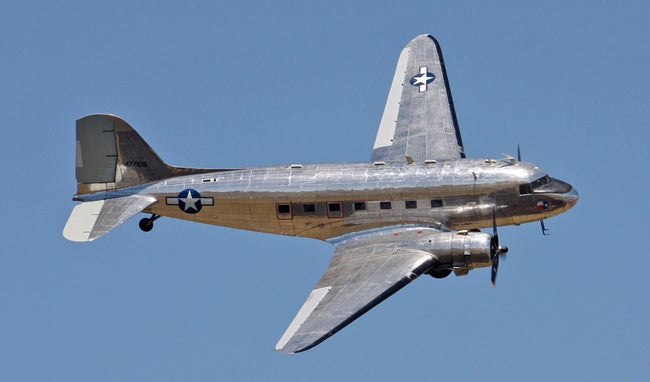
December 17, 1935 – The first fight of the Douglas DC-3.
Throughout the history of aviation, there have been many great airplanes, but only a few can be counted in the pantheon of the greatest ever. And it seems fitting that, in a world of computers, jet engines and fly-by-wire, one of the aircraft that truly changed the world is an unassuming, propeller plane, one that revolutionized the world of air transport and also played a vital, indispensable role in winning WWII. That aircraft is the Douglas DC-3, or, in its military guise, the C-47 Skytrain. By the 1930s, the race was on to develop passenger aircraft to fill the needs of the burgeoning air travel industry. TWA, in competition with United and their
!!!error: Indecipherable SUB-paragraph formatting!!!
, needed a modern airliner of their own, and they approached the Douglas Aircraft Company to build one for them. That resulted in the
!!!error: Indecipherable SUB-paragraph formatting!!!
(“DC” stands for “Douglas Commercial”), an excellent plane in its own right, but one that could still be improved upon. After discussions with American Airlines, Douglas began development of what they called the Douglas Sleeper Transport (DST), and began by widening the DC-2 so it could accommodate fourteen to sixteen side-by-side berths. With the berths removed and seats put in their place, the DST could hold 21 seats, and this is the aircraft that received the DC-3 designation. The DC-3 was an immediate success, crossing the country from west to east in as little as 15 hours (with three stops for fuel). Douglas produced just over 600 DC-3s, but it was the outbreak of WWII that pushed the DC-3 into the record books and into the annals of history. For military service, Douglas fitted more powerful engines, strengthened the floor to support military cargo, and removed the seats, replacing them with utility seats that lined the cabin walls. A large door was also added to the side of the plane to facilitate cargo loading and unloading. Skytrains, or Dakotas, as they were called by the British, proved indispensable in flying cargo missions over the Himalayas, they supplied troops in every theater of operations in WWII, towed gliders for airborne troops, and flew paratroops into battle. The C-47 proved to be extremely rugged and easy to maintain in the field, and Allied commanders, particularly in the Pacific, found that entire armies could now be supplied by the air, and General Dwight D. Eisenhower said that the C-47 was one of the major tools that helped win the war for the Allies. Over 10,000 C-47s were built in a myriad of variants, with still flying today. And while historians keep records of aircraft that have flown for over 50 years, there is every possibility that the rugged and reliable DC-3/C-47 will still be flying after 100 years.
(Photo by the author)
!!! UNKNOWN CONTENT TYPE !!!
Short Take Off
!!! UNKNOWN CONTENT TYPE !!!
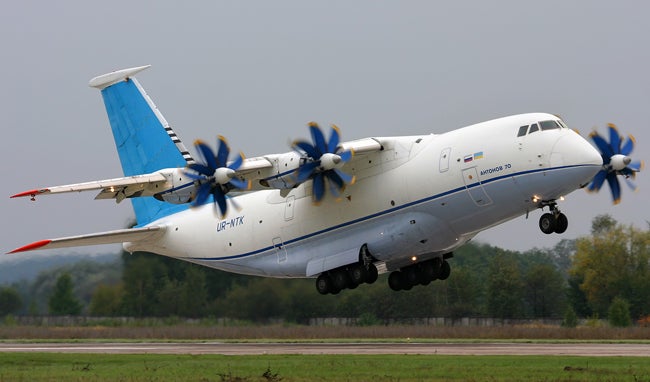
December 16, 1994 – The first flight of the Antonov An-70. Developed in the 1980s to replace the !!!error: Indecipherable SUB-paragraph formatting!!! , the An-70 is the first large aircraft to be powered by !!!error: Indecipherable SUB-paragraph formatting!!! engines. The Soviet government originally intended to build as many as 160 An-70s in factories in both Russia and Ukraine, but the !!!error: Indecipherable SUB-paragraph formatting!!! of the Soviet Union in 1991 led to the cancellation of the project. Only two prototypes were built, the first of which was lost in a mid-air collision in 1995. There were plans to resurrect the project, but Russia declared in 2015 that they had no intention of procuring the An-70. (Photo by Oleg V. Belyakov via !!!error: Indecipherable SUB-paragraph formatting!!! )
!!! UNKNOWN CONTENT TYPE !!!
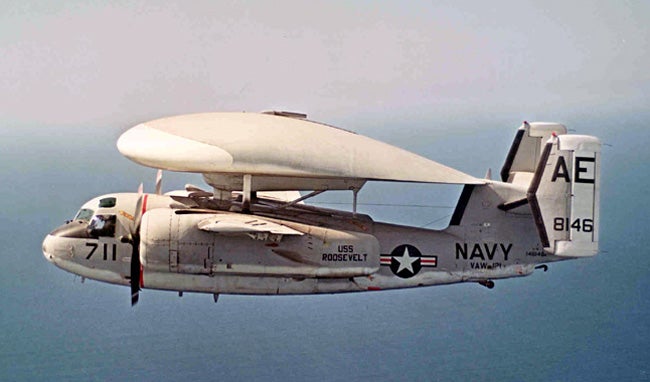
December 17, 1956 – The first flight of the Grumman E-1 Tracer.
A development of the
!!!error: Indecipherable SUB-paragraph formatting!!!
, which was designed for carrier onboard delivery (COD) and itself a variant of the
!!!error: Indecipherable SUB-paragraph formatting!!!
, the Tracer was the first purpose-built carrier-borne
!!!error: Indecipherable SUB-paragraph formatting!!!
(AEW) aircraft. The E-1 was fitted with the
!!!error: Indecipherable SUB-paragraph formatting!!!
!!!error: Indecipherable SUB-paragraph formatting!!!
radar in a large radome above the fuselage to track enemy submarines, and entered service in 1958. Eighty-three Tracers were built before being replaced by the
!!!error: Indecipherable SUB-paragraph formatting!!!
.
(US Navy photo)
!!! UNKNOWN CONTENT TYPE !!!
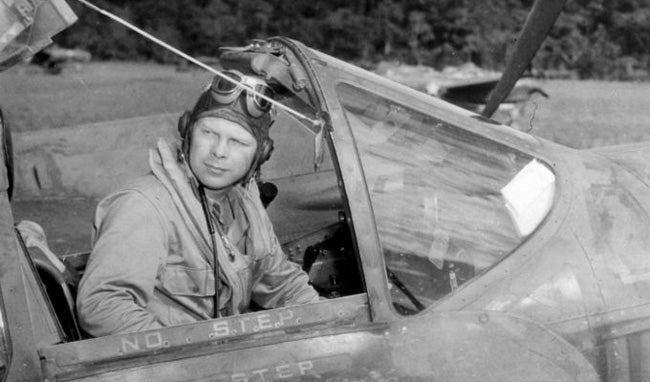
December 17, 1944 – Major Richard Bong becomes the top-scoring American fighter ace of WWII.
Bong’s total of 40 enemy kills all came while flying the
!!!error: Indecipherable SUB-paragraph formatting!!!
in the Pacific Theater, and he was the top scoring US fighter pilot of the war and a recipient of the
!!!error: Indecipherable SUB-paragraph formatting!!!
for downing eight enemy aircraft while assigned to a non-combat role as a gunnery instructor. Bong was sent home in 1945 as the “ace of aces,” but was killed in August of that year as a test pilot flying a
!!!error: Indecipherable SUB-paragraph formatting!!!
.
(US Army photo)
!!! UNKNOWN CONTENT TYPE !!!
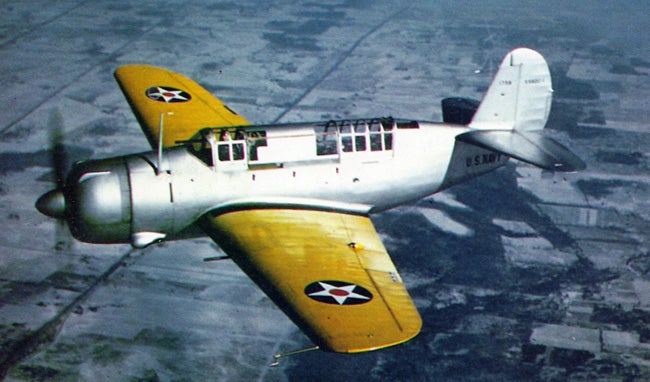
December 18, 1940 – The first flight of the Curtiss SB2C Helldiver.
Developed as a replacement for the
!!!error: Indecipherable SUB-paragraph formatting!!!
, the Helldiver was plagued by handling problems early in its career, leading to an investigation by the
!!!error: Indecipherable SUB-paragraph formatting!!!
. Once its problems were solved, the Helldiver became the primary American dive bomber for the last two years of the war in the Pacific, and had a good combat record. Over 7,000 Helldivers were produced between 1943 and 1945.
(US Navy photo)
!!! UNKNOWN CONTENT TYPE !!!
!!! UNKNOWN HEADER TYPE (MULTI-LINE BREAK?) !!!
!!! UNKNOWN CONTENT TYPE !!!
!!! UNKNOWN CONTENT TYPE !!!
!!! UNKNOWN CONTENT TYPE !!!
!!! UNKNOWN CONTENT TYPE !!!
If you enjoy these Aviation History posts, please let me know in the comments. And if you missed any of the past articles, you can find them all at
!!!error: Indecipherable SUB-paragraph formatting!!!
.
 Jayhawk Jake
> ttyymmnn
Jayhawk Jake
> ttyymmnn
12/18/2015 at 12:40 |
|
The DC-3 is my personal favorite and I would argue the single greatest aircradt ever made. The DC-3 should be on any list of influential vehicles, aircraft or otherwise. It completely transformed air travel and without it I doubt we would have had commercial travel as we do today
 Smallbear wants a modern Syclone, local Maple Leafs spammer
> ttyymmnn
Smallbear wants a modern Syclone, local Maple Leafs spammer
> ttyymmnn
12/18/2015 at 12:49 |
|
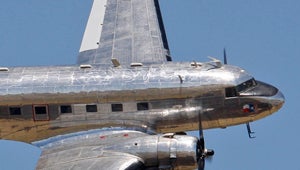
100 years is quite likely. Don’t fix what ain’t broke, and it takes a lot to break them. Two stories that come to mind are the one that came down under perfect control after having lost 3 feet of wind in a mid-air collision, and the one that got caught in an ice storm - the pilot eventually gave up and landed halfway to his destination. He had to smash the window with a fire extinguisher to see where he was going to land, and on the ground they found the wings and tail were covered in about an inch of solid ice. With however much was on the fuselage it would have weighed over a ton.
Heck, they're converting them to turboprops now.
 Rusty Vandura - www.tinyurl.com/keepoppo
> ttyymmnn
Rusty Vandura - www.tinyurl.com/keepoppo
> ttyymmnn
12/18/2015 at 12:51 |
|
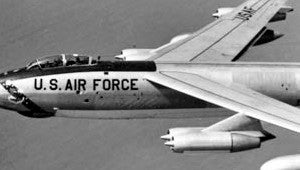
I
love
that airplane.
Air & Space did a great story about the B-47 in 2009.
I guess the wings developed an annoying habit of snapping off when pilots were lobbing bombs.
 Rusty Vandura - www.tinyurl.com/keepoppo
> ttyymmnn
Rusty Vandura - www.tinyurl.com/keepoppo
> ttyymmnn
12/18/2015 at 12:53 |
|
Great collection of ships this week, Ttyymmn.
 Rusty Vandura - www.tinyurl.com/keepoppo
> Jayhawk Jake
Rusty Vandura - www.tinyurl.com/keepoppo
> Jayhawk Jake
12/18/2015 at 12:53 |
|
Greatness
is a relative term, but the DC-3’s importance cannot be overstated.
 Jcarr
> Smallbear wants a modern Syclone, local Maple Leafs spammer
Jcarr
> Smallbear wants a modern Syclone, local Maple Leafs spammer
12/18/2015 at 13:01 |
|
Below are photos I took of a C-47 that was at Basler’s yard in Oshkosh Wisconsin, about to be cannibalized for parts. Someone did some checking and discovered that it actually flew on D-Day and in Operation Market Garden, so now its in the process of being restored.
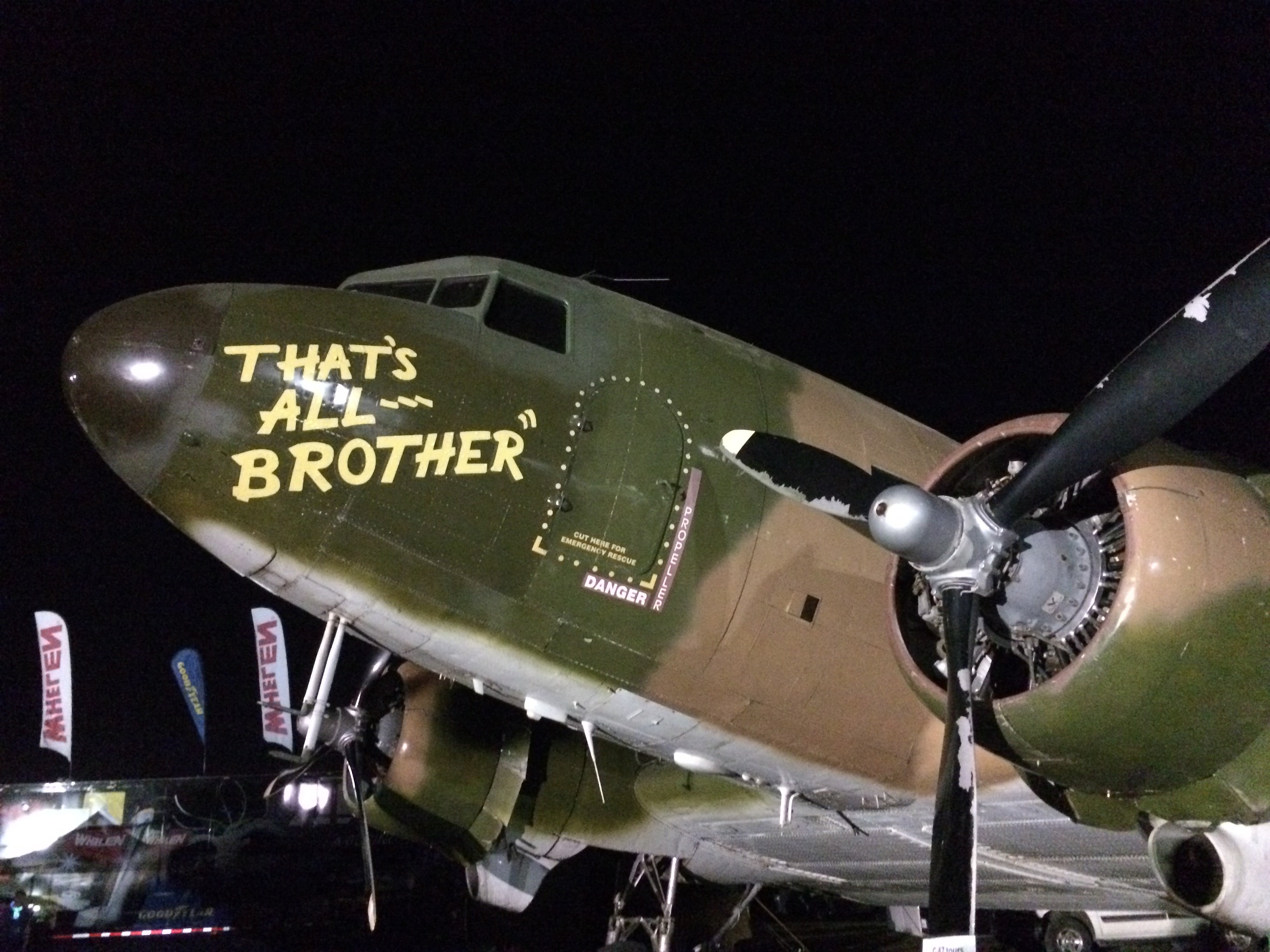
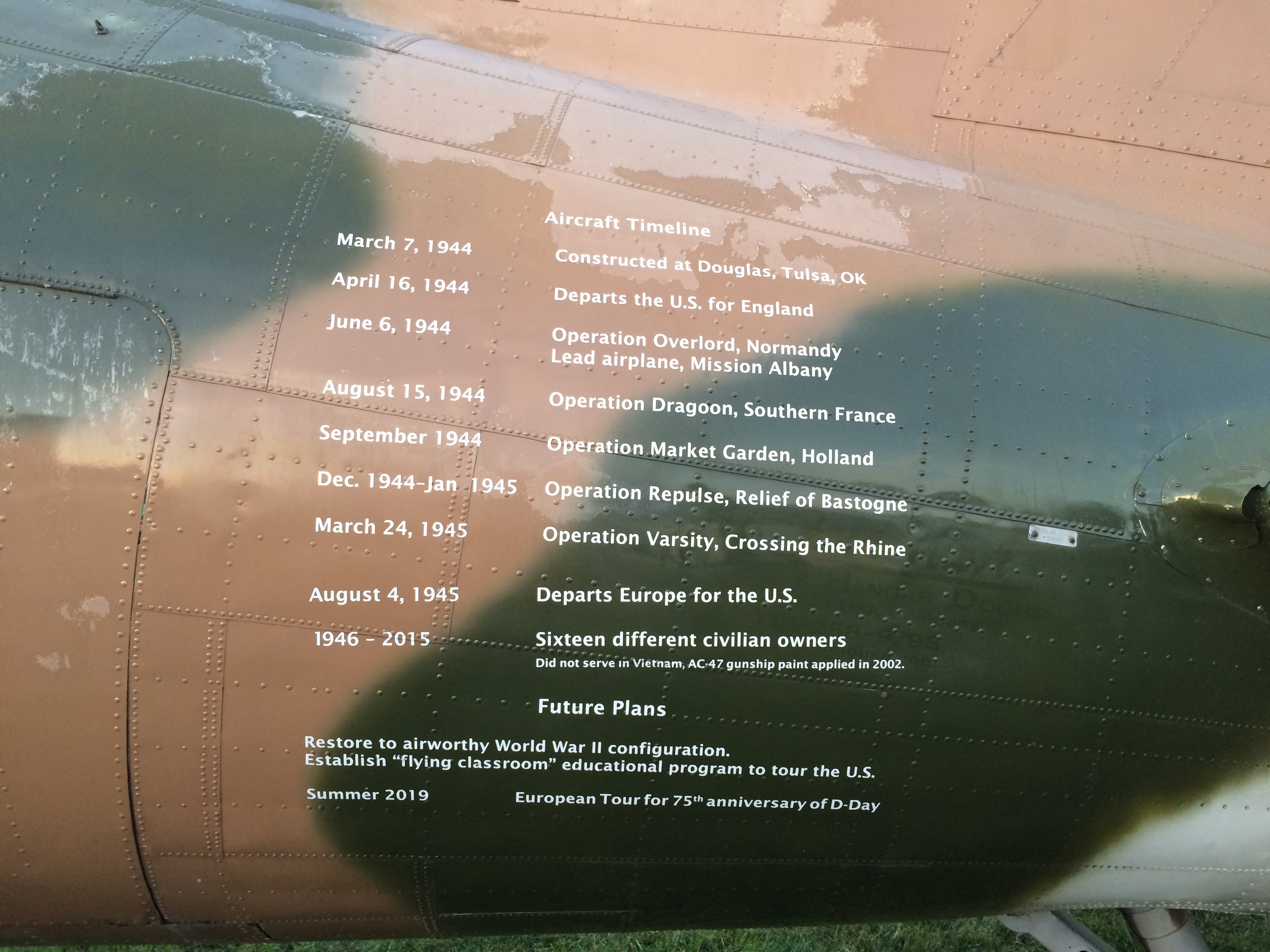
 ttyymmnn
> Rusty Vandura - www.tinyurl.com/keepoppo
ttyymmnn
> Rusty Vandura - www.tinyurl.com/keepoppo
12/18/2015 at 13:05 |
|
That was a good read.
 MonkeePuzzle
> ttyymmnn
MonkeePuzzle
> ttyymmnn
12/18/2015 at 13:17 |
|
holy cow the Douglas C-124 Globemaster II is an ugly duck!
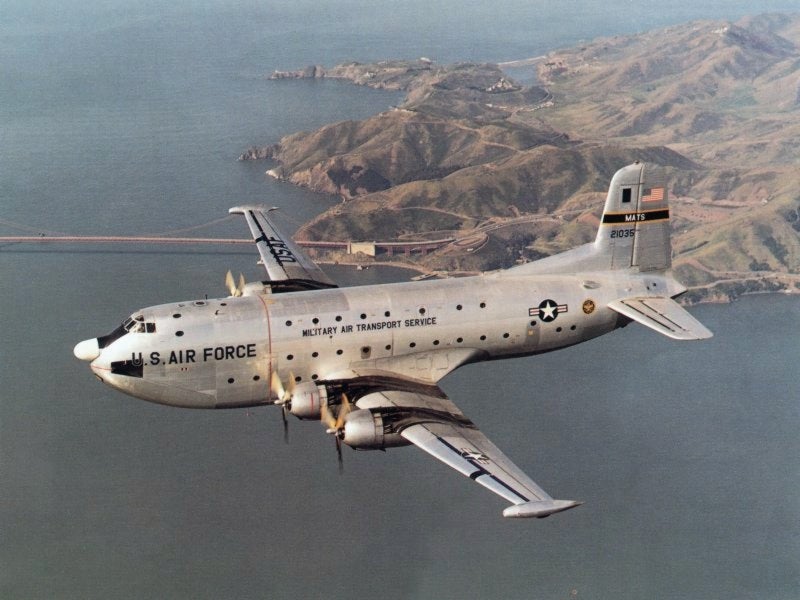
 MonkeePuzzle
> ttyymmnn
MonkeePuzzle
> ttyymmnn
12/18/2015 at 13:21 |
|
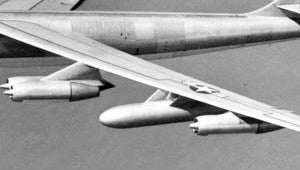
what an odd configuration, the two inboard and one external engine. I’m assuming the thin wings, as you mentioned, are the reason for what looks to be a hung fuel tank
 ttyymmnn
> MonkeePuzzle
ttyymmnn
> MonkeePuzzle
12/18/2015 at 13:22 |
|
Yup. Those early turbojets were very thirsty.
 MonkeePuzzle
> ttyymmnn
MonkeePuzzle
> ttyymmnn
12/18/2015 at 13:23 |
|
The DC-3 was an immediate success, crossing the country from west to east in as little as 15 hours (with three stops for fuel).
man, it is hard to imagine the world where this was quick. 15 hours will get you nearly anywhere these days.
 MonkeePuzzle
> ttyymmnn
MonkeePuzzle
> ttyymmnn
12/18/2015 at 13:24 |
|
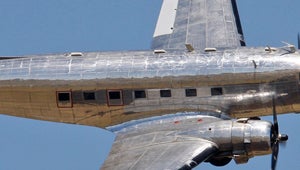
(Photo by the author)
not too shabby! :D
 MonkeePuzzle
> ttyymmnn
MonkeePuzzle
> ttyymmnn
12/18/2015 at 13:25 |
|
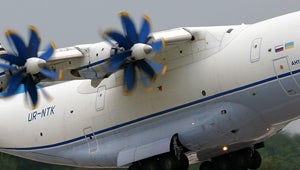
this is a smart looking plane. I have a true love of bulbous bodies and top mounted wings, but I think the lack of windows down the side really make for a sleek look.
 MonkeePuzzle
> ttyymmnn
MonkeePuzzle
> ttyymmnn
12/18/2015 at 13:28 |
|
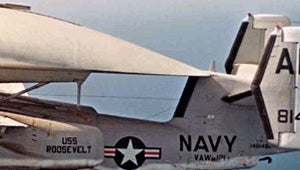
the trader had such a cool tail design, with such high mounted tailplanes
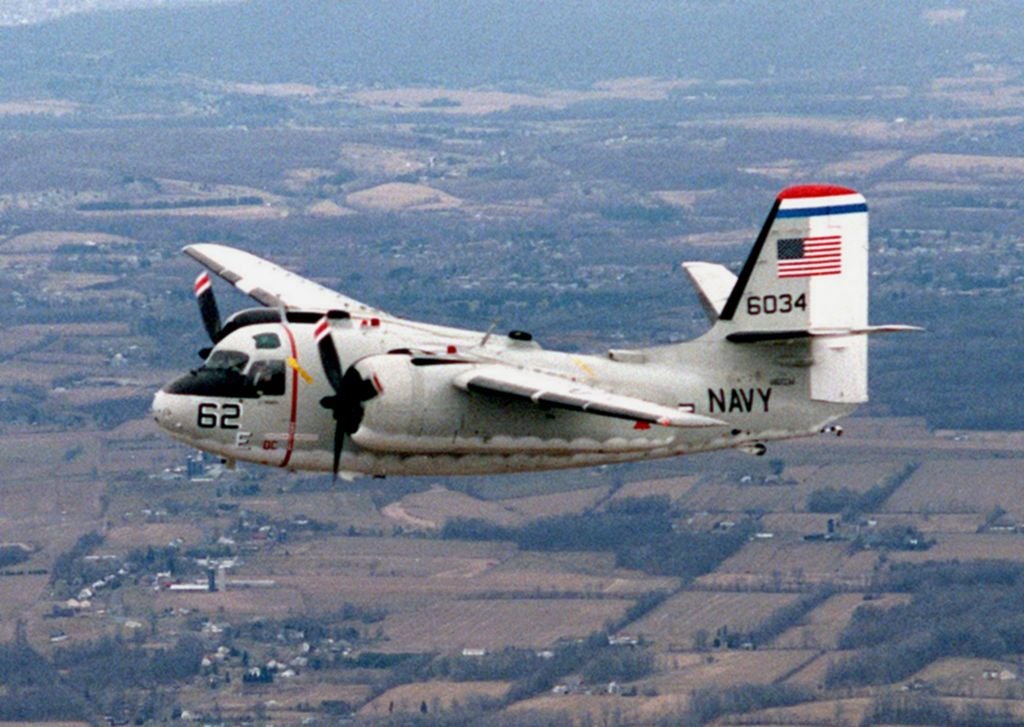
certainly not outdone by the unique look of the redesigned tail on the tracer
 MonkeePuzzle
> ttyymmnn
MonkeePuzzle
> ttyymmnn
12/18/2015 at 13:28 |
|
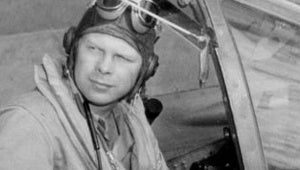
Major Dick Bong... tee hee hee
 MonkeePuzzle
> ttyymmnn
MonkeePuzzle
> ttyymmnn
12/18/2015 at 13:30 |
|
Over 7,000 Helldivers were produced between 1943 and 1945
in two years!? shows what you can do when you cancel all other work and focus on just building planes. incredible.
 MonkeePuzzle
> ttyymmnn
MonkeePuzzle
> ttyymmnn
12/18/2015 at 13:31 |
|
thanks again for what must be a tonne of work to put these posts together. I’m pretty sure I click every link, love the extra details about what each plane was replacing, interesting to see the development over time as one plane becomes another, or finds a new use.
 BringBackTheCommodore
> ttyymmnn
BringBackTheCommodore
> ttyymmnn
12/18/2015 at 13:34 |
|
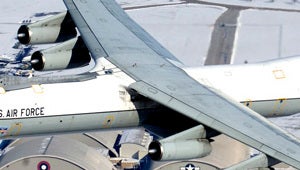
The C-141 has always been one of my favorite transport aircraft designs. One of the sleeker transport aircraft in history, in my humble opinion.
 ttyymmnn
> Jayhawk Jake
ttyymmnn
> Jayhawk Jake
12/18/2015 at 14:10 |
|
As a musician, I have often had conversations about great composers like Bach, or Mozart, or Beethoven. The question is always whether or not we would be where we are had those composers never lived. Each of them seemed to be the epitome of their era, but I wonder, if those particular composers had never lived, if somebody else would have taken their place. The DC-3 is one of those aircraft that was the epitome of its era, a high-quality product with impeccable timing. Had the DC-3 never existed, something else would have taken its place and helped usher in the era of passenger aviation (an era we are still in today). But would it have had the staying power of the DC-3? It’s impossible to know.
 ttyymmnn
> MonkeePuzzle
ttyymmnn
> MonkeePuzzle
12/18/2015 at 14:13 |
|
The height of the elevators on the Trader was likely to keep them above the propwash. And the split tail of the Tracer was done to keep the rudder out of the airflow around the radome. I hadn’t noticed until your annotation how it looks like they just lopped the vertical stabilizer off. That nub probably still provides some stability.
 ttyymmnn
> MonkeePuzzle
ttyymmnn
> MonkeePuzzle
12/18/2015 at 14:14 |
|
Before the DC-3, you had to gett off the plane and take a train for part of the journey. Still better than taking the train all the way, though. And now we can fly from Texas to Australia in one hop.
 ttyymmnn
> MonkeePuzzle
ttyymmnn
> MonkeePuzzle
12/18/2015 at 14:20 |
|
Thanks for your kind words. It is definitely a lot of work, but it’s also a labor of love, and I’m learning a lot along the way. As a history buff, I have learned that it’s very rare when something happens in a vacuum. Everything in history is a development of something earlier, or an outgrowth of what came before. When I was studying music history, I learned that the easiest way to understand it was to learn the
first
thing that happened, then simply figure out how the
next
thing was different. There is always a thread that traces from one event to the next. If you follow the thread, you’ll never get lost.
 ttyymmnn
> MonkeePuzzle
ttyymmnn
> MonkeePuzzle
12/18/2015 at 14:23 |
|
It was, but form also follows function. The wings look WAY too skinny for an aircraft of its size. It reminds me of the Martin B-26 Marauder. For high speed, the wings were quite narrow, and it was nicknamed the “The Flying Prostitute” because the pilots said that she had no visible means of support.
 MonkeePuzzle
> ttyymmnn
MonkeePuzzle
> ttyymmnn
12/18/2015 at 14:25 |
|
right, clearly someone said put this big radome on top, and then just problem solved from there. Ok cut here, weld here, glue that. and whalla! a “new” plane.
 The Powershift in Steve's '12 Ford Focus killed it's TCM (under warranty!)
> ttyymmnn
The Powershift in Steve's '12 Ford Focus killed it's TCM (under warranty!)
> ttyymmnn
12/18/2015 at 14:26 |
|
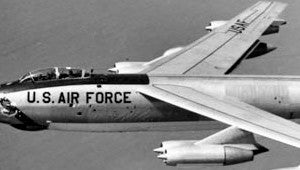
I know a tandem cockpit is a bit silly on a bomber, but it looks so cool! It must been interesting to fly something so big under a bubble canopy.
 ttyymmnn
> MonkeePuzzle
ttyymmnn
> MonkeePuzzle
12/18/2015 at 14:30 |
|
I’ll take “Arsenal of Democracy” for the win, Alex.
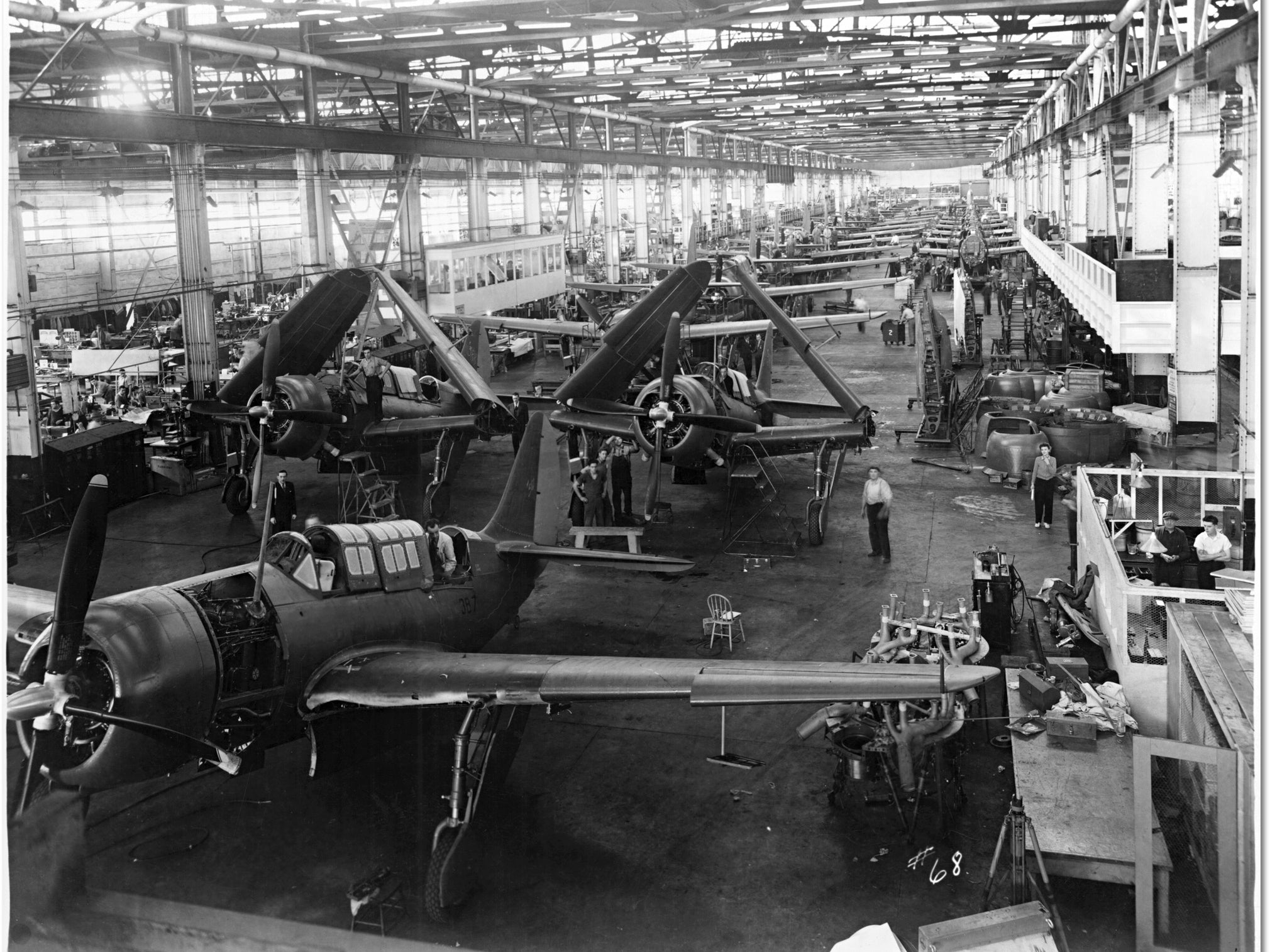
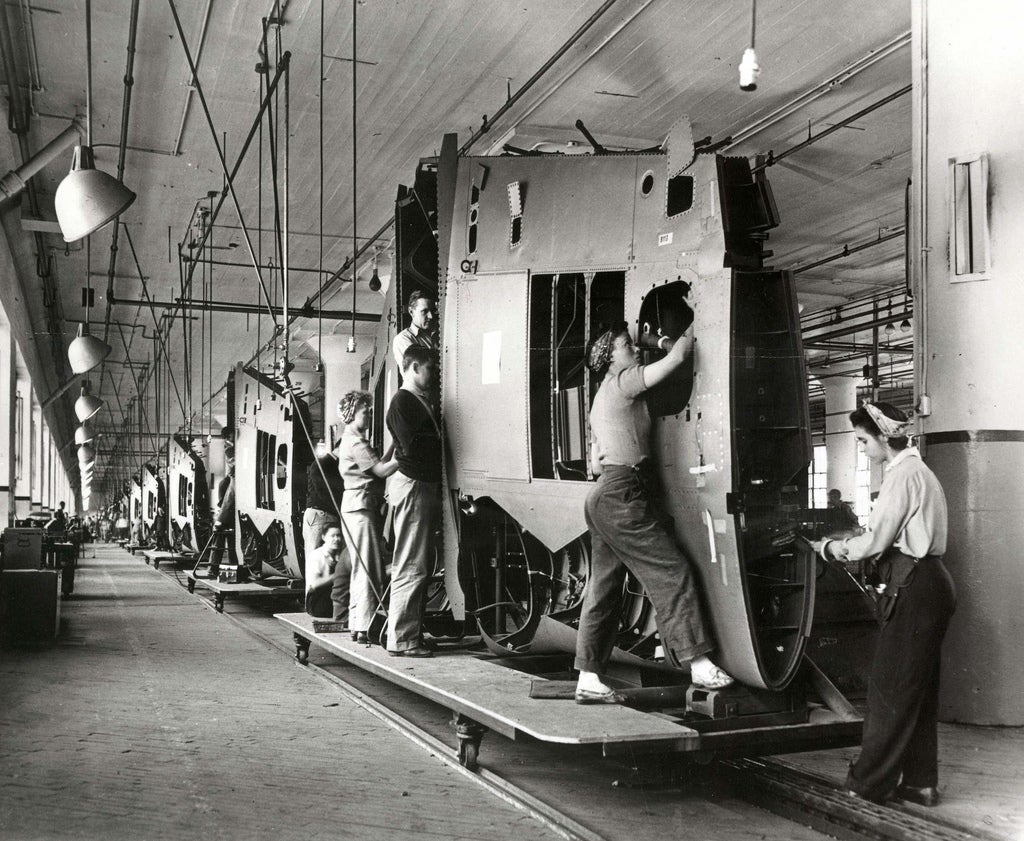
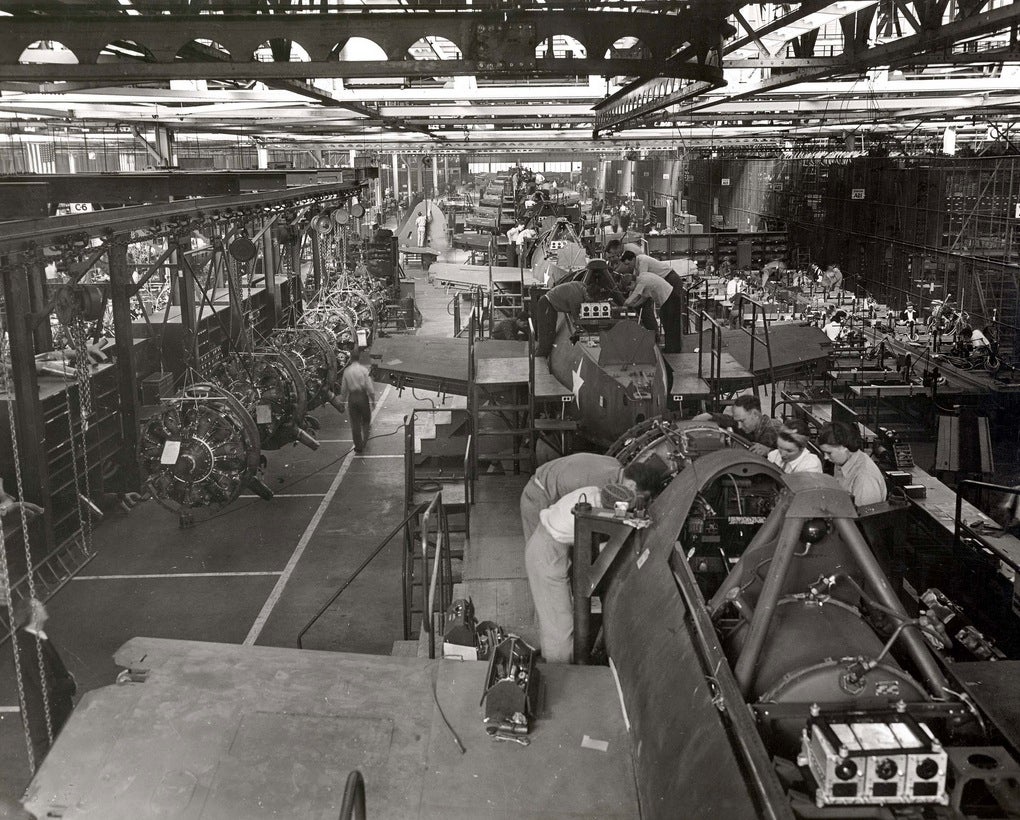
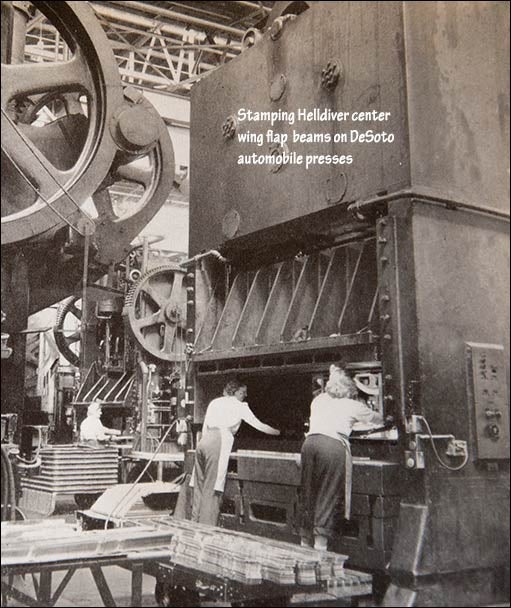
Photos from the Helldiver assembly line. Note that most of the people in these photos are women.
 ttyymmnn
> MonkeePuzzle
ttyymmnn
> MonkeePuzzle
12/18/2015 at 14:31 |
|
Thanks! That’s a C-47, though, and I did stray a bit in my article about the DC-3, so I figured it was okay to use it.
 ttyymmnn
> MonkeePuzzle
ttyymmnn
> MonkeePuzzle
12/18/2015 at 14:31 |
|
I wouldn’t say that to his face.
 ttyymmnn
> The Powershift in Steve's '12 Ford Focus killed it's TCM (under warranty!)
ttyymmnn
> The Powershift in Steve's '12 Ford Focus killed it's TCM (under warranty!)
12/18/2015 at 14:36 |
|
The original B-52 Stratofortress had a tandem cockpit, but Gen. Curtis LeMay, head of SAC and a former bomber pilot himself, insisted on a traditional side-by-side cockpit for the Buff.
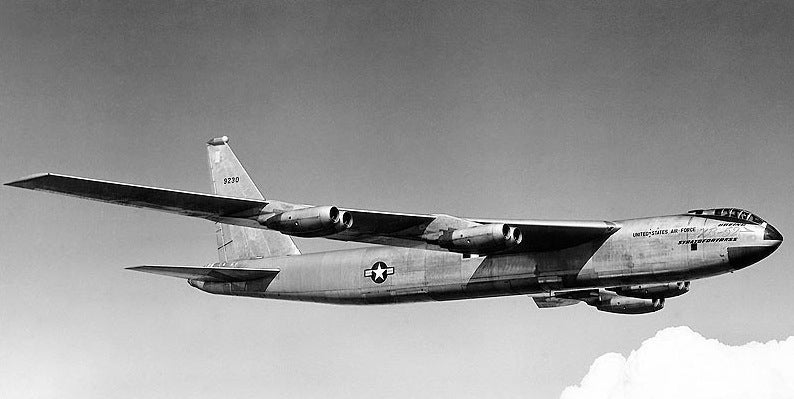
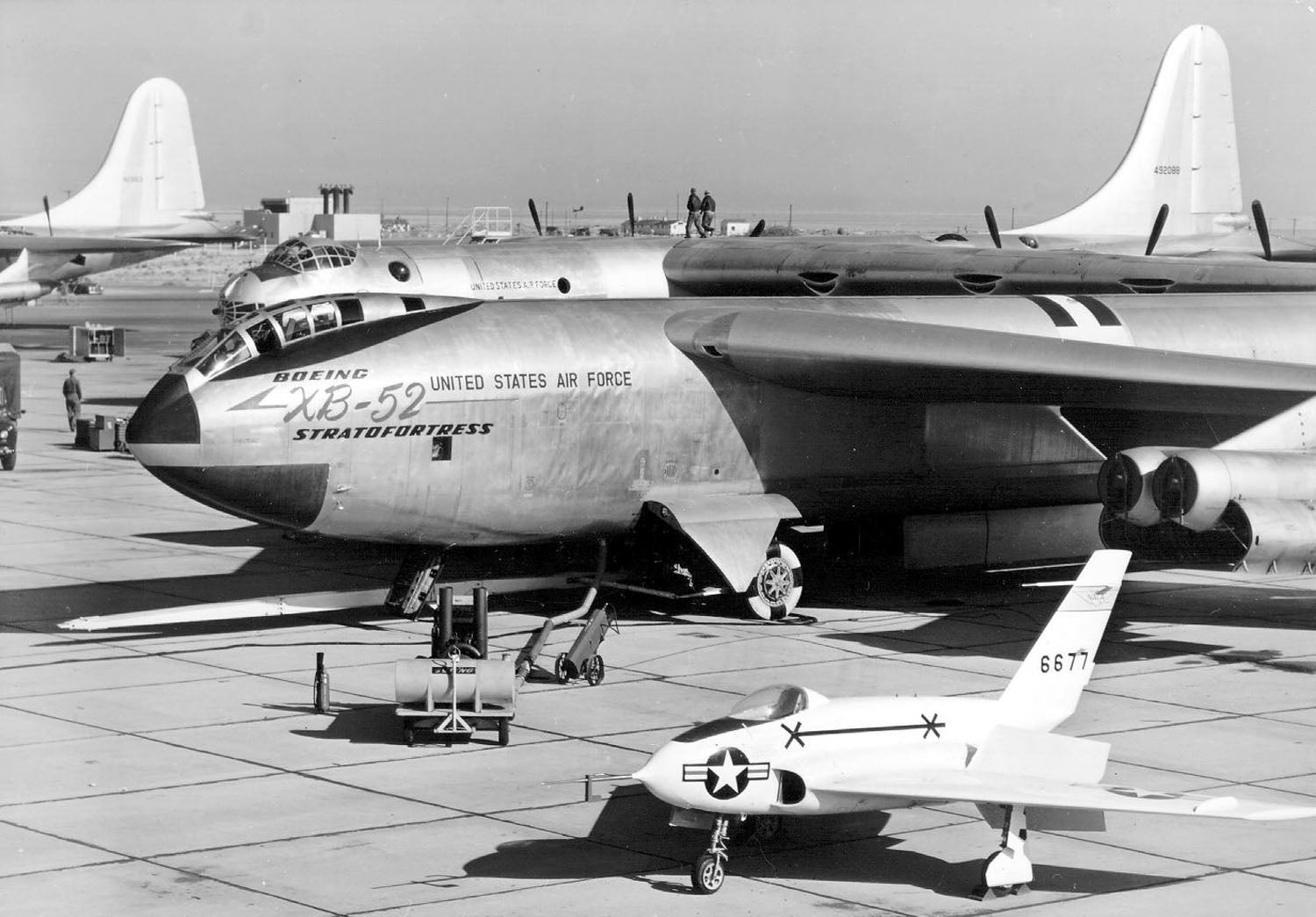
But yes, I think the B-47 ranks as one of the most beautiful aircraft ever. The proportions are perfect, and I think everything about it personifies the early Jet Age.
 The Powershift in Steve's '12 Ford Focus killed it's TCM (under warranty!)
> ttyymmnn
The Powershift in Steve's '12 Ford Focus killed it's TCM (under warranty!)
> ttyymmnn
12/18/2015 at 15:45 |
|
The proportions are perfect, and I think everything about it personifies the early Jet Age.
I agree. It’s the future, circa 1955, much like the MIG-21, F-102/F-106, Lockheed F-104, and B-58 Hustler.
 ttyymmnn
> The Powershift in Steve's '12 Ford Focus killed it's TCM (under warranty!)
ttyymmnn
> The Powershift in Steve's '12 Ford Focus killed it's TCM (under warranty!)
12/18/2015 at 15:53 |
|
Exactly. I was searching for the right words, and I think I’ve kind of settled on retro futurism. It’s what the future looked like back then, and as futuristic as it looks, it hearkens back to the ‘50s. I wish I could explain it better.
 facw
> ttyymmnn
facw
> ttyymmnn
12/19/2015 at 07:27 |
|
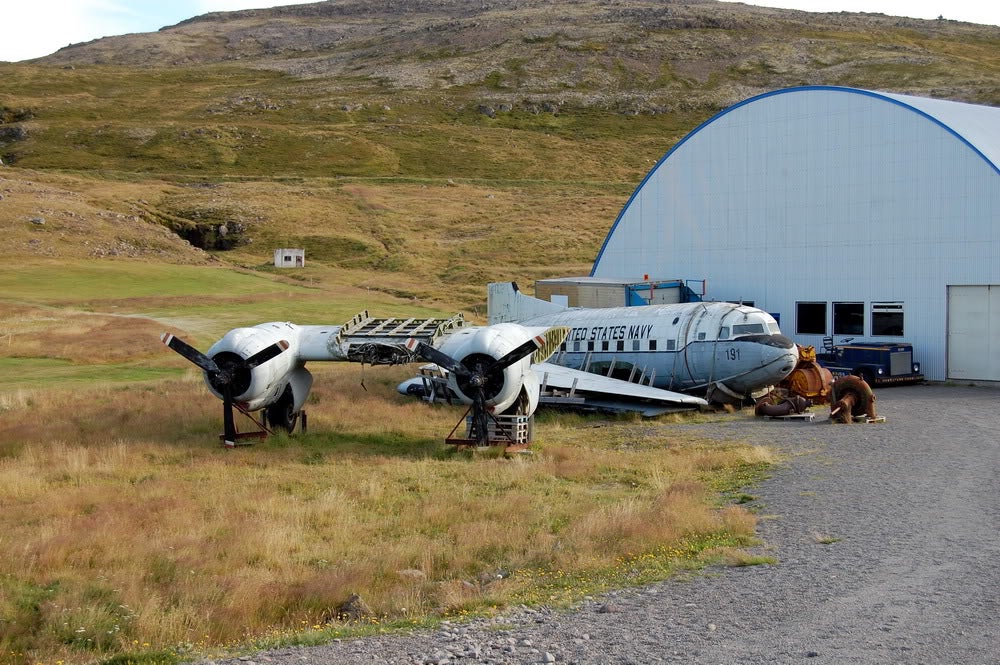
One of the oddest things I saw in Iceland was this disassembled D-3 variant (not my picture) totally out in the middle of nowhere. There was a disused-looking airstrip not too far away, but it was separated from the aircraft’s location by a narrow cliff-side gravel road that I definitely wouldn’t want to tow an airliner along. Still cool thing in some Icelandic farmer’s personal collection.
 ttyymmnn
> facw
ttyymmnn
> facw
12/19/2015 at 09:39 |
|
Not your picture, but is this the plane? It must have been disassembled hauled there. It would be an interesting story to know how it came to be there. Not just any guy with a wrench can break down a C-47 and transport it. Unless this guy picked it up after it was disassembled. Crazy.
 facw
> ttyymmnn
facw
> ttyymmnn
12/19/2015 at 10:00 |
|
Yep. It is here (or was):
https://www.google.com/maps/@65.56193…
A few more pics:
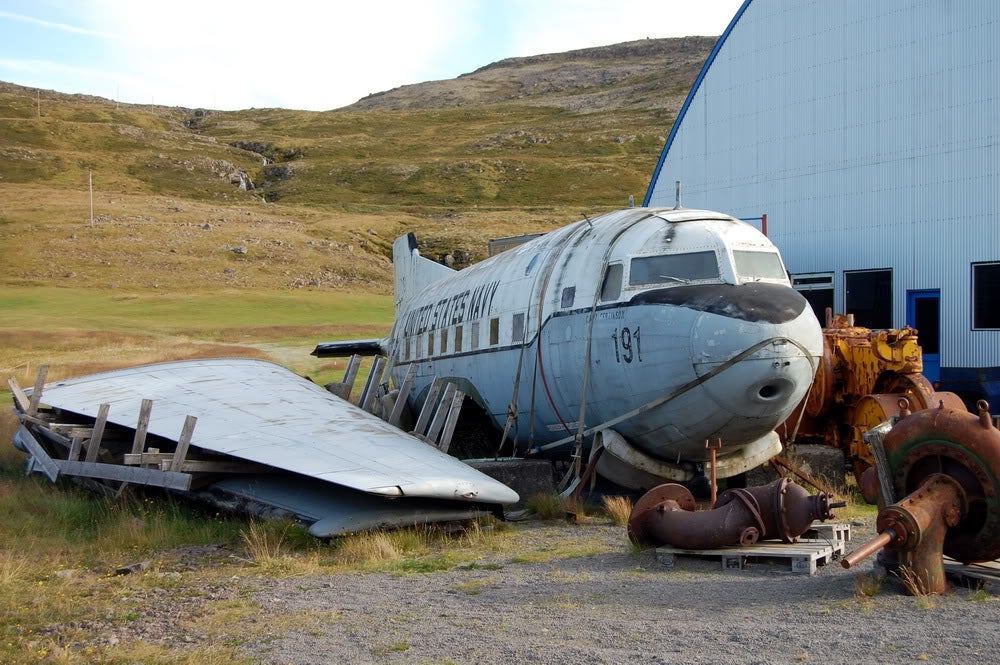
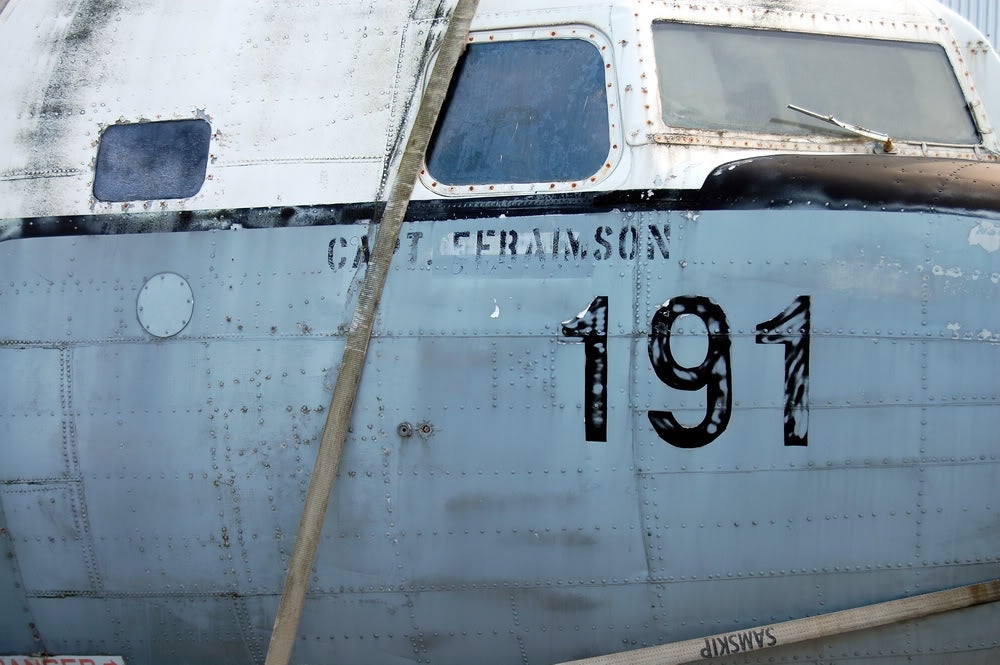
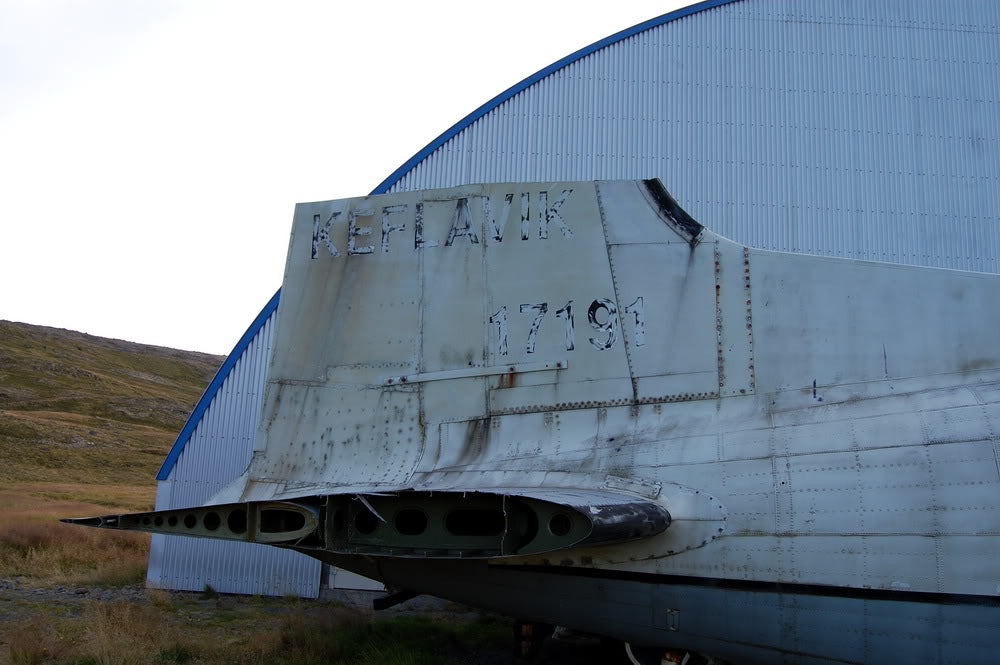
Obviously the tail was not disassembled as cleanly as the rest, as memory serves the road has power lines running along it, so it wouldn’t be surprising if they needed to make some last minute “modifications” for clearance reasons.
It’s only around 120 miles from Keflavik by air, so totally doable (except for that last bit by road, or possibly by boat), but it would be a long trip to bring it by Iceland’s windy gravel roads if they took it overland.